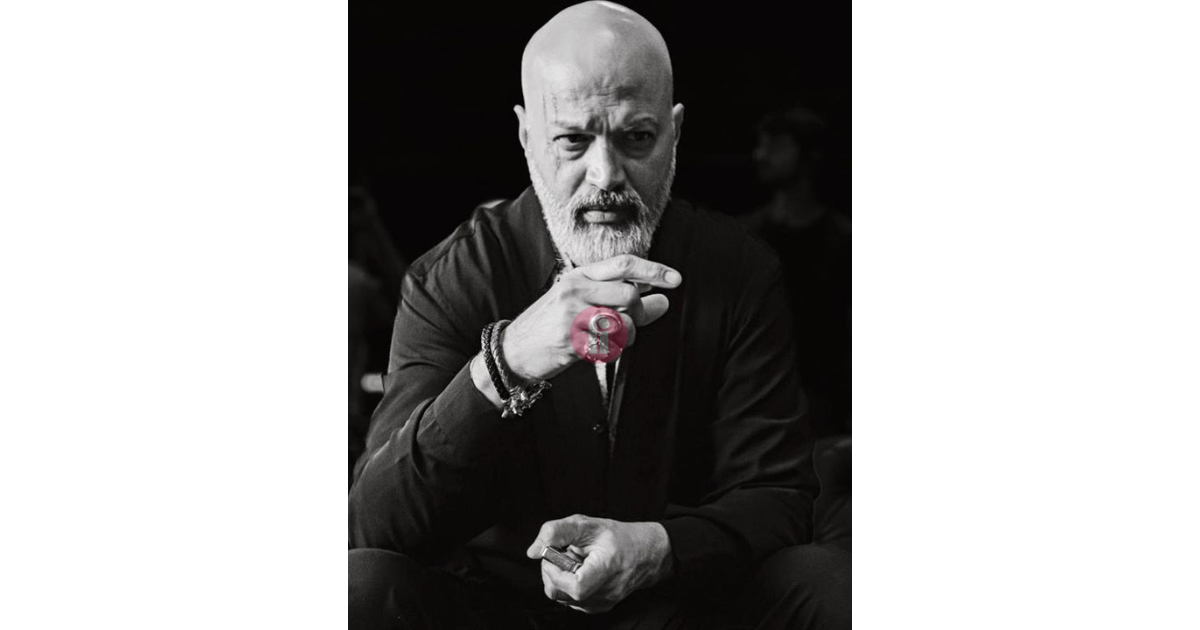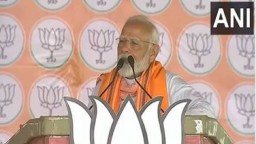Latest News
Why Has OTT Giant Netflix Failed To Make Its Mark In India?
.jpg)
Mumbai (Maharashtra): Netflix is considered among the top players in the streaming platform competition. With 500+ original shows and movies across several countries, there has not come another streaming service at par with Netflix. But in India, the narrative is quite opposite. Why has Netflix, an OTT giant, failed terribly in the second-most populous country in the world?
Netflix CXO mentioned in a post-result webcast in January that they are still learning to figure out the right fit for India after their major defeat in the Indian market. Netflix launched its operation in India in 2016 and has so far produced 100+ original series and movies in the Indian market. However, despite their six years of efforts, Netflix still collapses in front of its other two competitors, Amazon Prime Video and Disney+ Hotstar.
“The thing that frustrates us is why we haven’t been as successful in India, but we are leaning in there”, Netflix co-CEO and co-founder Reed Hastings stated. What lacks in this statement is the sincerity to actually study the Indian economical social and cultural structure and bring out content that caters for the mass audience.
Lack Of Indigenization
Netflix comes up with newer content with fresher scripts every time but what results in its failure is the absence of indigenization. Netflix fails to come up with a topic that the mass audience can relate to. One has to understand the economic dynamic of India to get the code figured out. With the mass of India being from the middle class and below communities, it remains a question of why they would watch a glorified India consisting of rich uber classes. An example is the movie adaption of the novel, A Suitable Boy where they glorified the regular Indian family to cater to the rich. Was a true India portrayed in the movie? Are Indian families like the ones shown in the movie? Do the movie characters represent mass Indians? If the answer to these questions is no, then I guess, the failure would seem fitting.
India is a vast country with several different cultures living together. Presenting India according to a certain foreign perception without considering its diversity and dismissing the need for local languages to be included is a mistake that Netflix has paid its price for.
In the variety of shows offered by Indian streaming apps, we can again conclude that localization of content is not only about changing language, but also about representing relatable characters, dimensions, and narratives.
The majority of the mass audiences love to watch shows and movies that are quick to consume. Like the series, Mirzapur on Amazon Prime shows a local story in the Indian masaledaar form with storytelling that does not require the audience to scratch their heads. Netflix’s mantra of portraying deep, intellectual issues with the omission of the ritualistic India Masala is what stops it from attracting audiences to the original content they make. This does not mean the Indian audience does not consume such content, but there has to be balance for everything. For example, as the American counterpart makes shows like The Crown, Bojack Horseman and Better Call Saul, it also makes absurdities like Riverdale and You.
_1650372700.jpg)
Netflix Original horror show Betaal tried to give a folklore twist to the horror genre but failed terribly because it catered to strong themes of communism and Naxalism, which is really difficult for the mass audience to digest.

An attempt was made at Sacred Games. The first season excelled excellently because of the quick-paced content along with an unglorified storyline from the slums that the majority can visualize. But, the second season dives into philosophy with the inclusion of Pankaj Tripathi’s character to make things seem more intelligible which not only slows down the pace of the series but also diverts the narrative from a relatable Indian class to something that the masses cannot relate to.

Even the upcoming movie, The Archies, is based on American comics which only a certain set of audiences can understand. People are done with glamour and want to see more realistic content that they can relate to and which reflects their way of living. Isn’t cinema really about that?
_1650372919.jpg)
Has Netflix Understood Price Distribution In Indian Market?
Netflix recently lowered their subscription prices to December 2021. With their lowest package starting at ₹149 and their highest ranging to ₹649 with no added services, Netflix India offers the lowest prices not only within all their operative countries but also amongst its competitors in India. So why hasn’t it succeeded?
According to Azim Premji University’s CSE study, an additional 230 million Indians fell below the poverty line after the COVID pandemic. With Netflix’s content serving the tastes of the upper classes, why would the regular class waste their minimum wage to watch the luxurious lives of the classes who exploit them? What is more appalling, is the economic disparity of the country where the 100 richest Indians hold wealth equal to the rest 550 million.
Even though the above information demonstrates that India is a price-sensitive country, where users look for value for money, it's not essentially looking for free content. In 2021, it evolved beyond a price-sensitive market, and more Indians opted for paid content. More than half of the new subscribers to SVoD (subscription-based video on demand) are forecast to continue using the service/s, according to a BCG-CII annual M&E report. Then why is Netflix the only app paying the price?
Amazon Prime’s highest package plan is at ₹1499 and yet has double the subscribers that Netflix has. This is due to the extensive facilities provided along with their services. Amazon Prime also provides free delivery, amazon music services, games and kindle reading. Amazon has also started Prime Video Channels, a video entertainment marketplace that brought together content from multiple partners including Lionsgate Play, Docubay, Eros Now, MUBI, Hoichoi, Manorama Max and Shorts TV, among others. The same goes with Hotstar which not only has tied up with the most-watched television channels to provide all their serials online, it has also partnered up with the Indian Premier League, the biggest sports league watched in India. Exclusive streaming of IPL alone has pulled in 15-20 per cent of subscribers.
_1650373156.jpg)
Unfortunately, Netflix failed to understand this along with their failure to localize their content.
There are many more such reasons why Netflix is paying the price for their failure in the Indian market. These are some of it to put forward. Although Netflix users are growing, it is at a slow pace. This could be seen in their recent number of six million subscribers within six years. Even a regional channel such as the Bengali HoiChoi has 15 million. But again, it has cracked the code of regional importance in its content. When will a Giant firm such as Netflix get that the Indian market is way different from its western counterpart and one has to really put in efforts to bring out some researched and good content to attract the mass audience?



.png)


.png)








.png)




.png)
